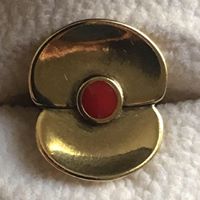In 2007, an accidental discovery by a Japanese highway engineer led to a novel way of enhancing road safety. What was it?
Shizuo Shinoda was digging with a bulldozer when he accidentally scraped some markings into a road: later when he drove over the markings he realized that the vibration produced in his car can be heard as a tune. In 2007, a team of engineers from the Hokkaido Industrial Research Institute refined Shinoda's designs and built a number of “melody roads” in Japan. The roads have grooves cut at specific intervals and depths along the surface so that a car moving over them will produce a series of high or low notes, enabling designers to create a distinct tune. The closer the grooves are, the higher the pitch of the sound. The critical ingredient is the speed of the car: and so a potential safety measure was born. Driving too fast will sound like playing fast forward, while driving very slowly has a slow-motion effect, making you almost car sick.
In fact the idea of the musical road predated the Japanese discovery: in October 1995 two artists, Steen Krarup Jensen and Jakob Freud-Magnus, constructed the Asphaltophone in Gylling, Denmark. But the Japanese initiative led to a safety measure that has been adopted, not only in Japan, but also in some locations in Korea and the United States.
More Info:
en.wikipedia.org












